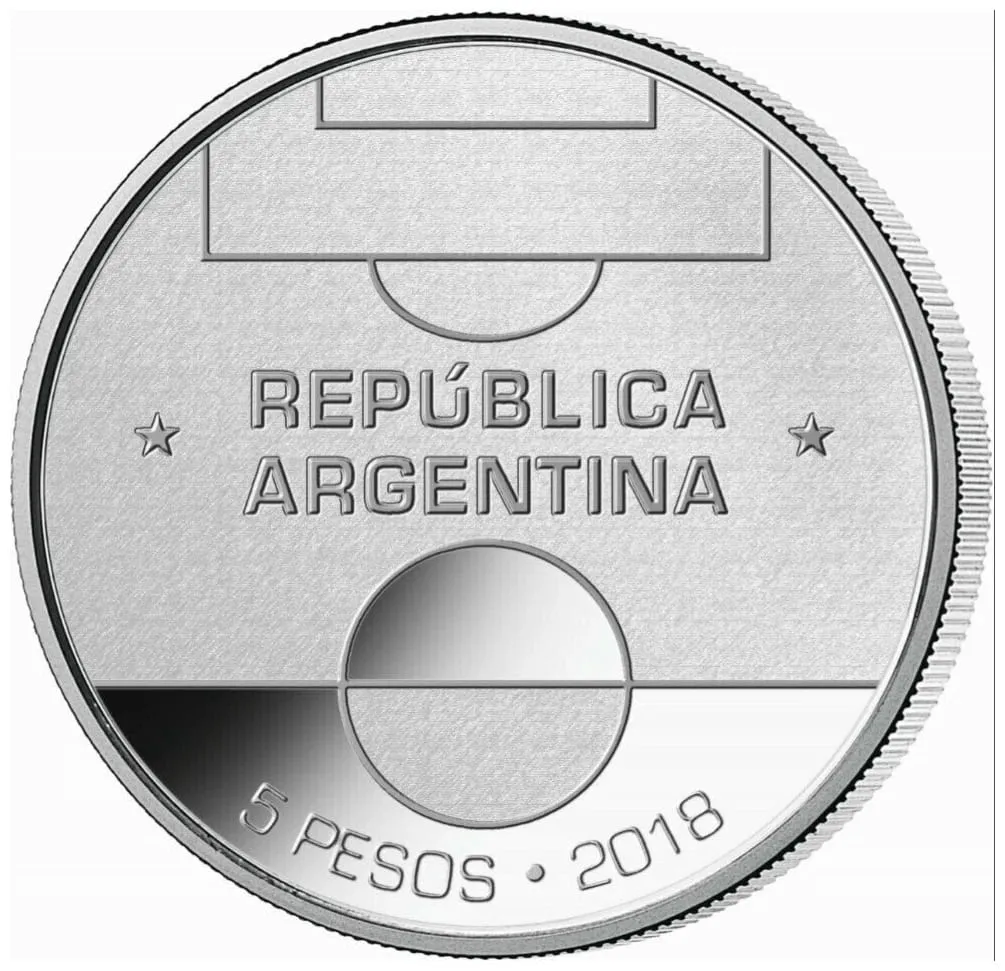Argentina boasts a diverse range of natural resources, thanks to its varied terrain and unique geological composition. While the country might not possess the world-scale deposits seen in some other Latin American nations, it still offers a wealth of mineral and raw materials that play a significant role in its industrial development. This paper delves into the key natural resources of Argentina, focusing on minerals, fuel and energy resources, non-metallic minerals, and the complex interplay between resource distribution and population centers.
Minerals
Argentina’s western regions are home to important ore mineral deposits. Among its mineral resources are uranium, manganese, copper ores, and beryllium. Notably, the country is recognized as one of the top ten nations worldwide in terms of uranium ore reserves, highlighting its potential in the nuclear energy sector. Additionally, lead-zinc, tungsten, and iron ores contribute to Argentina’s mineral wealth. These resources provide a foundation for various industries, though they might not reach the same global scale as in some neighboring countries.
Fuel and Energy Resources
Natural gas and oil constitute the backbone of Argentina’s fuel and energy resources. These deposits are mainly concentrated in sedimentary rock formations found in the Patagonian Platform troughs and intermountain troughs of the Andes. Regions such as Neuquén, Medosa, Salta, and Tierra del Fuego are home to significant oil and gas reserves. Notably, the discovery of a field in Neuquén province has led to increased production. Argentina’s proven natural gas reserves stand at around 600 billion cubic meters, ensuring a substantial energy source for its industries and domestic consumption.
Non-Metallic Minerals
Beyond metallic minerals, Argentina is rich in non-metallic resources. For instance, sulfur reserves play a crucial role in various chemical processes. Moreover, the country boasts abundant deposits of construction raw materials like marble and granite. These resources contribute to the construction industry and various infrastructure projects, supporting economic development.
Geological Exploration and Resource Distribution
Despite its resource abundance, Argentina’s geological exploration remains relatively low. This presents a challenge for fully realizing the potential of its mineral and raw material base. The nation’s industry faces issues not primarily due to a lack of resources, but rather due to their unfavorable distribution. Valuable resources are often found in remote and sparsely populated regions, posing logistical challenges for their extraction and transportation. For instance, Patagonia covers 30% of the country’s territory and holds a significant portion of mining industry output. However, only 3% of the population resides in this vast area.
Agricultural and Water Resources
Argentina’s economic foundation rests significantly on its fertile lands. About 70% of its land fund is designated as agricultural, with a focus on both grain farming and livestock breeding. The Pampa region, characterized by its rich agro-climatic resources, is extensively plowed and serves as the heart of Argentina’s agricultural output.
Water resources, particularly rivers, also play a crucial role. The northeast region features a well-developed river network, where two major rivers merge at the mouth of the La Plata River. The Paraná River, the second-longest in South America after the Amazon, holds substantial importance due to its length and basin area. The rivers in Patagonia and the basins of the Paraná and Uruguay rivers contribute to Argentina’s economic hydropower potential. However, this potential remains largely untapped, reflecting the complexities of harnessing these resources effectively.
In conclusion, Argentina’s natural resource base is a cornerstone of its economic development. The nation’s wealth of minerals, fuel and energy resources, non-metallic minerals, fertile lands, and extensive river networks collectively shape its industries and livelihoods. Balancing resource distribution challenges with sustainable development practices will be crucial as Argentina continues to tap into its diverse natural wealth.




